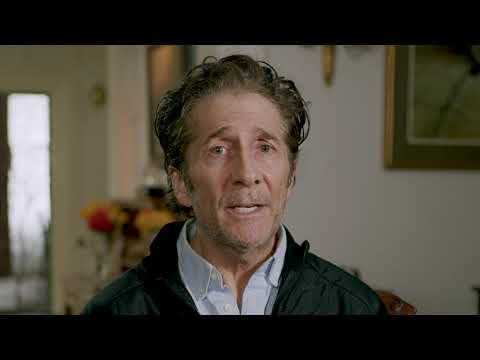Nearly two thirds of adults (63%) say they would know if they were having a stroke, but only 16% can correctly identify all stroke symptoms.
FAIRFAX, Va., May 6, 2024 /PRNewswire/ — Nearly all American adults (95%) agree stroke is an emergency, yet according to new omnibus survey by The Harris Poll on behalf of the Get Ahead of Stroke® campaign, less than half (43%) say they would call 911 if they were experiencing a common symptom of stroke—statistics that emphasize the need for more education, particularly during Survive Stroke Week (May 6-12).
Nearly two million brain cells die every minute a severe stroke goes untreated. The longer a patient’s treatment is delayed, the greater the impact of a stroke, including the potential of severe disability and death. Yet, too many do not call 911 as the key findings from The Harris Poll suggest:
- Even though strokes affect people of all ages, including children, older people (ages 65+) are the most likely to call 911 (52%) when experiencing a common stroke symptom, while just over a third (36%) of 18-34-year-olds would do the same, followed by 41% of adults 35-44; 42% of adults 45-54; and 46% of adults 55-64.
- Black adults are less likely to call 911 (33%) if they are experiencing a common stroke symptom than White (44%) and Hispanic (47%) adults.
- More than one-fifth (22%) of adults say they wouldn’t call 911 because they would be embarrassed to overreact.
“Stroke doesn’t need to be a death sentence or even result in permanent disability. Medical advancements, like thrombectomy, allow patients to not only survive, but thrive after stroke.,” said Dr. Mahesh Jayaraman, Professor and Chair of Diagnostic Imaging at Brown University, Director of the Neurovascular Center at Rhode Island Hospital and President of the Society of NeuroInterventional Surgery (SNIS). “Calling 911 is the best way to ensure patients receive the proper care they deserve. What many see as overreacting is more than likely lifesaving.”
Even one symptom of stroke is a reason to call 911, especially when someone’s safety is on the line. The barrier to better care is that many Americans are unfamiliar with stroke symptoms. According to the Harris Poll findings, around two-thirds of adults (63%) say they would know if they were having a stroke, but only 16% adults can correctly identify all stroke symptoms, and around 1 in 10 (11%) get all symptoms incorrect.
The BE FAST acronym is a critical tool to assess stroke symptoms – Balance loss, Eyesight changes, Facial drooping, Arm weakness, Speech difficulty, Time to call 911.
“Stroke can happen to anyone at any age,” said Jayaraman. “As friends and family members, knowing BE FAST and seeking emergency treatment options immediately will save lives and allow more people to live their lives fully, without disability.
To learn more about how to identify signs of stroke and respond quickly, visit the Get Ahead of Stroke® campaign website at getaheadofstroke.org/survive-stroke-week/ for free resources including PSAs, factsheets, infographics and social media content to raise awareness and understanding about how to survive and thrive after stroke.
Get Ahead of Stroke is a national public education and advocacy campaign designed to improve systems of care for stroke patients. Founded in 2016 by the Society of NeuroInterventional Surgery (SNIS), today the campaign is supported by a coalition of organizations with the goal of securing the best possible outcomes for stroke patients by driving policy change and public awareness nationwide. Follow us on Facebook, Twitter and Instagram.
Survey Methodology:
This survey was conducted online within the United States between March 14 – 18, 2024 among 2,066 adults (aged 18 and over) by The Harris Poll on behalf of Society of NeuroInterventional Surgery (SNIS) via its Harris On Demand omnibus product.
Data were weighted where necessary by age, gender, race/ethnicity, region, education, marital status, household size, household income, [employment], and political party affiliation, to bring them in line with their actual proportions in the population.
Respondents for this survey were selected from among those who have agreed to participate in our surveys. The sampling precision of Harris online polls is measured by using a Bayesian credible interval. For this study, the sample data is accurate to within + 2.5 percentage points using a 95% confidence level. This credible interval will be wider among subsets of the surveyed population of interest.
All sample surveys and polls, whether or not they use probability sampling, are subject to other multiple sources of error which are most often not possible to quantify or estimate, including, but not limited to coverage error, error associated with nonresponse, error associated with question wording and response options, and post-survey weighting and adjustments.
SOURCE Get Ahead of Stroke


